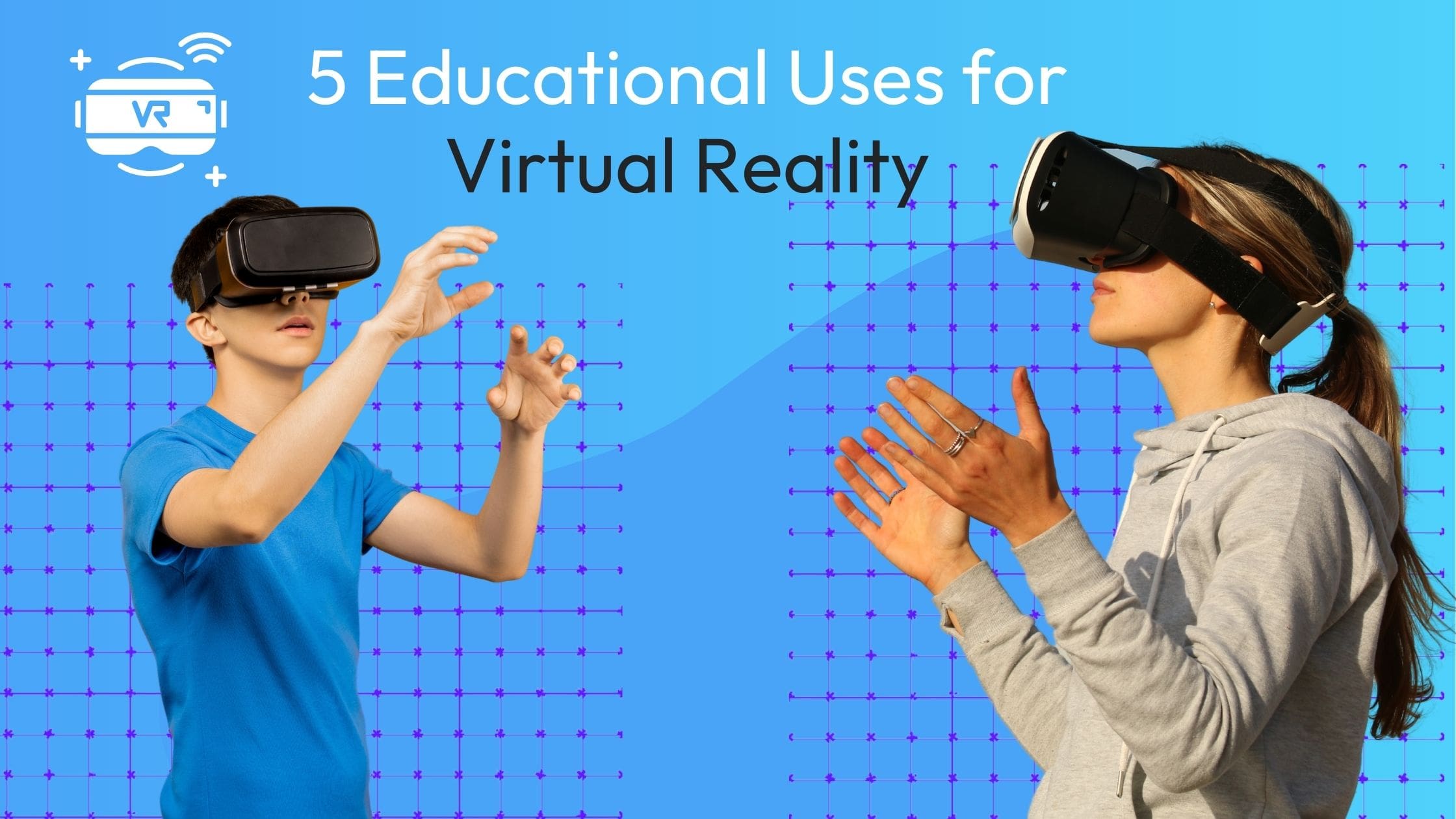In the past, Virtual Reality (VR) was commonly associated with video games or fancy tech. But recently, VR has become much more prevalent and accessible across all industries. There are many educational uses for virtual reality! For one, it helps healthcare professionals train before working on real patients, and allows real estate clients to look around a property without having to be physically present. This has become especially important during a pandemic when people don’t feel comfortable with visitors in their home. Data from Statista shows that the VR industry is growing at a fast pace, and the market size of consumer VR software and hardware is predicted to reach $16 billion by 2022.
One of the most limiting factors of VR is the headset, which contains powerful processing hardware that generates the graphics. However, modern headsets have become significantly more compact, more mobile, and more powerful. This is because modern headsets now use metal core PCBs, which is what ensures it can accommodate the most cutting-edge hardware without making it too bulky. Moreover, these headsets are now aiming to be “untethered”, meaning they wouldn’t need to be connected to a powerful PC to work. With how common and convenient VR is becoming, it’s starting to impact the education sector, too. Here we are sharing 5 educational uses for Virtual Reality that can help with your child’s education.

5 Educational Uses for Virtual Reality
Allowing students to practice soft skills
Virtual reality gives students a safe environment to improve their soft skills, such as collaboration, team work, and problem-solving. It bridges the gap between online and traditional face-to-face learning. In fact, the U.S. Department of Education’s Office of Special Education Programs has a project called Virtual Reality Opportunities to Integrate Social Skills (VOISS). This is meant for students with high-functioning autism, but it also works for those who struggle with soft skills. The project essentially puts students in virtual situations where they can practice working, talking, and collaborating with computer-driven avatars in various school settings.
Levelling up virtual field trips
Virtual reality was marketed as a way to go beyond the walls of the classroom when it was first introduced in schools — and that is perhaps one of its most popular uses. Indeed, VR allows students to travel and experience things they otherwise wouldn’t be able to. You can argue that experiencing something in person is better than VR. However, children are naturally curious, and programs like Google Expedition allow them to explore inaccessible places like ocean ecosystems, outer space, and even the dinosaur age.
Language immersion
One of the best ways to learn a new language is through immersion. Since not everyone can afford to take off to a foreign country, VR simulations are the next best thing. Plus, children pick up a new language easier than adults. Combine that with immersion through VR, and students should be able to learn a language much faster. Unimersiv, for example, is an Oculus Rift headset app that allows learners to connect with people from other countries in order to practice language skills.
Gamified learning
Today’s kids tend to be fond of video games, and this can be good because some games help teach them certain skills. Penguin Diner, for instance, teaches them time management. Of course, there are also more educational titles like JumpStart and Color Space, which encourages kids to get creative and use the world as their canvas. Game-based learning increases a student’s engagement and motivation simply because it’s fun and doesn’t feel like a chore. With VR, kids are immersed in a game world where activities can feel more authentic.

Enhances focus
Because VR uses headsets, it helps block out distractions. It immerses students in their work, which in turn forces them to focus on whatever virtual situation they’re in. This can help make lectures more immersive and interactive, since students will be pushed to really concentrate. In line with this, Microsoft released Immersive Reader in 2019, an application for virtual reality. It essentially lets students practice their reading skills in a focused, virtual space. VR definitely has the potential to transform the way children learn. Although the equipment is still quite costly to implement for many schools, this technology is slowly becoming mainstream. With companies like Google and Microsoft developing VR applications for more classrooms, the future for education is looking promising.
Have you used VR for your child’s education?